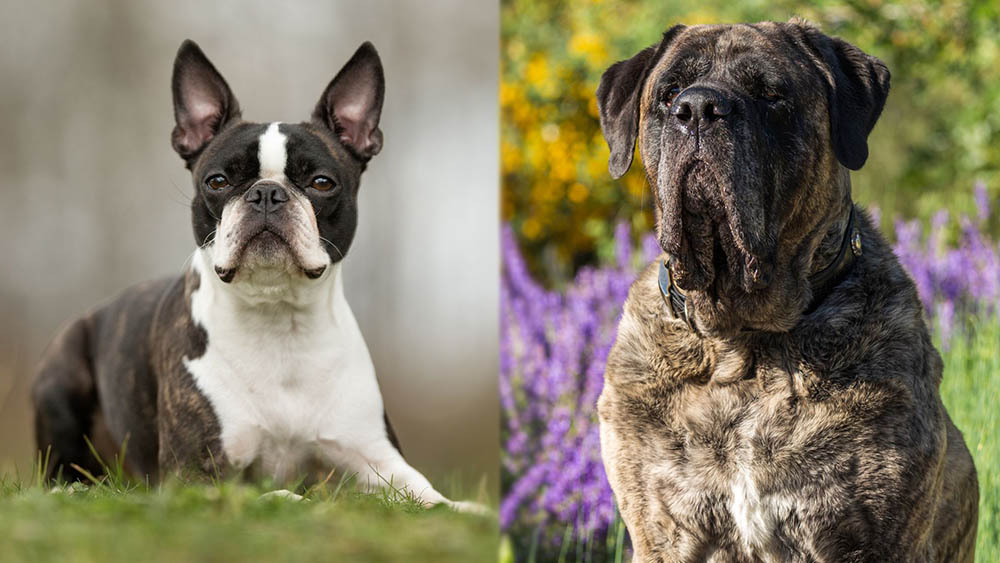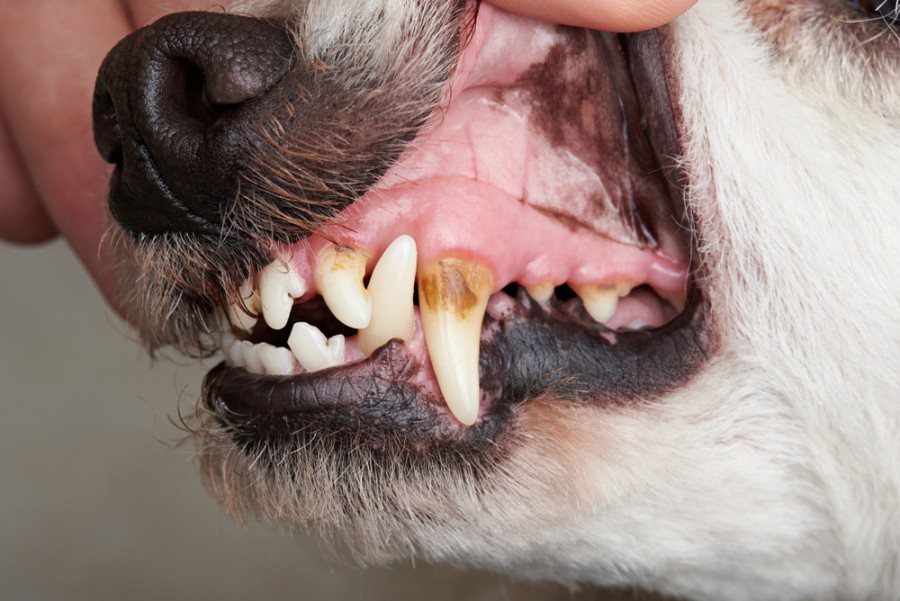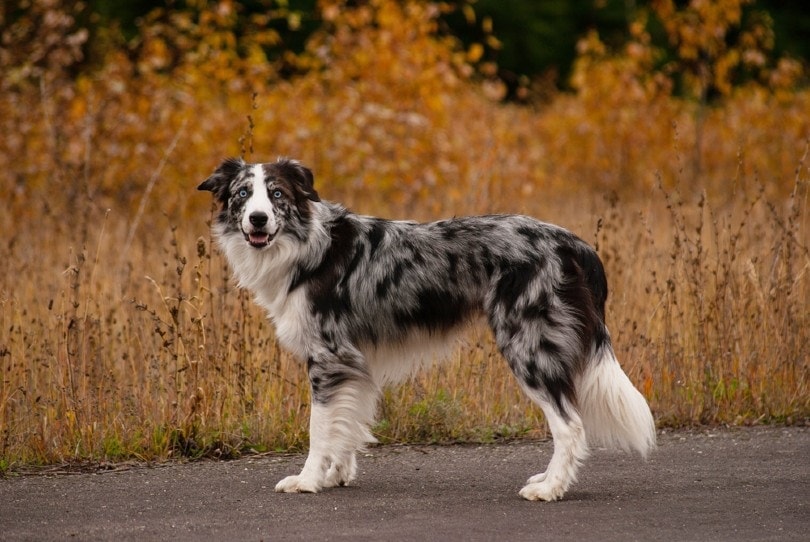Male vs Female Newfoundland Dog: Key Differences (With Pictures)

Updated on
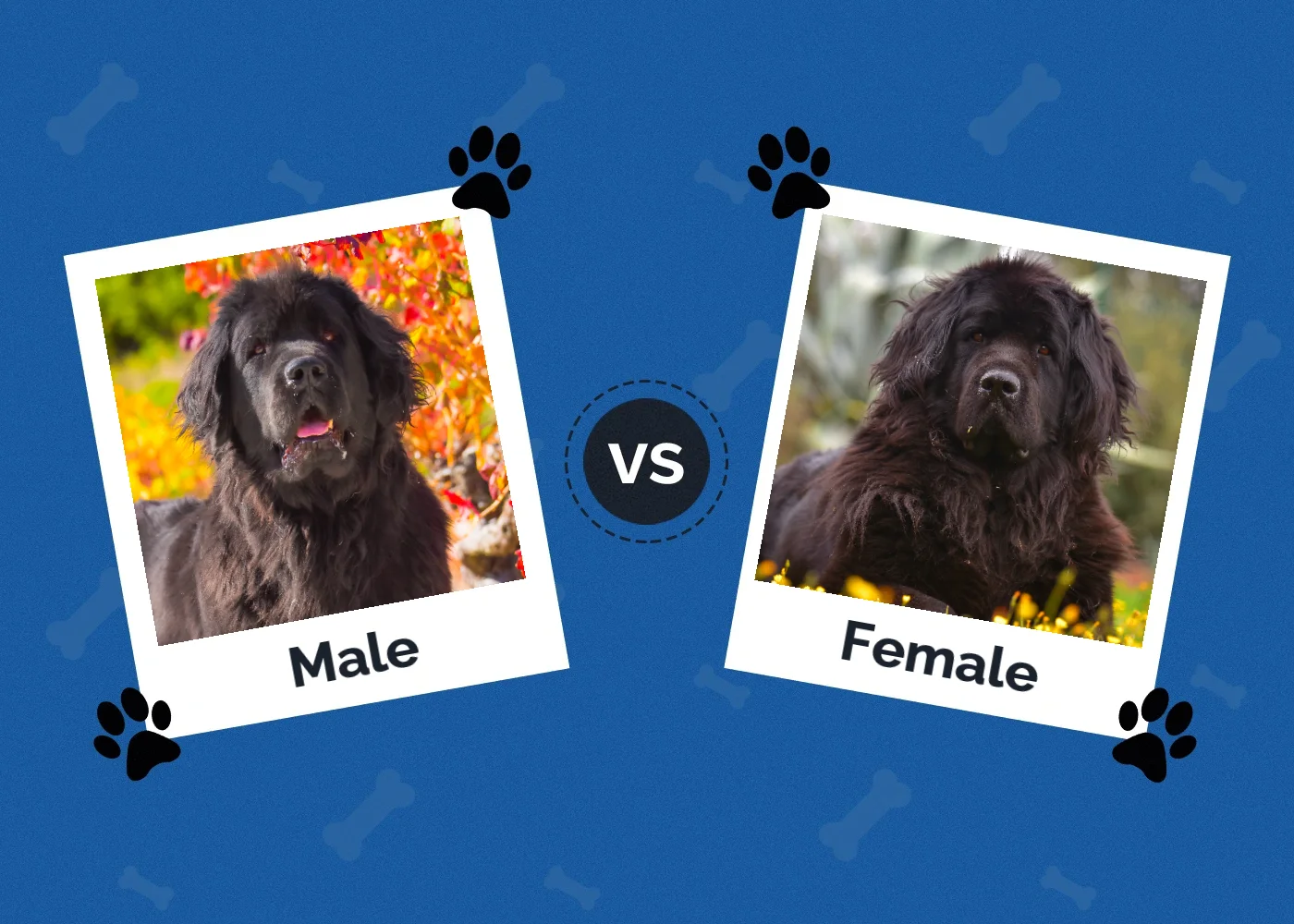
Newfoundlands, also known as “Newfs” or “Newfies,” are the gentle giants of the pet world. The lovable dogs are well-built, outgoing, courageous, protective, and very loyal. The breed is happy in the water, around other animals, and in the company of human beings.
However, among many qualities you must consider before choosing a pet, gender is important. Read on below to find out more about the differences between male and female Newfies.
Visual Differences
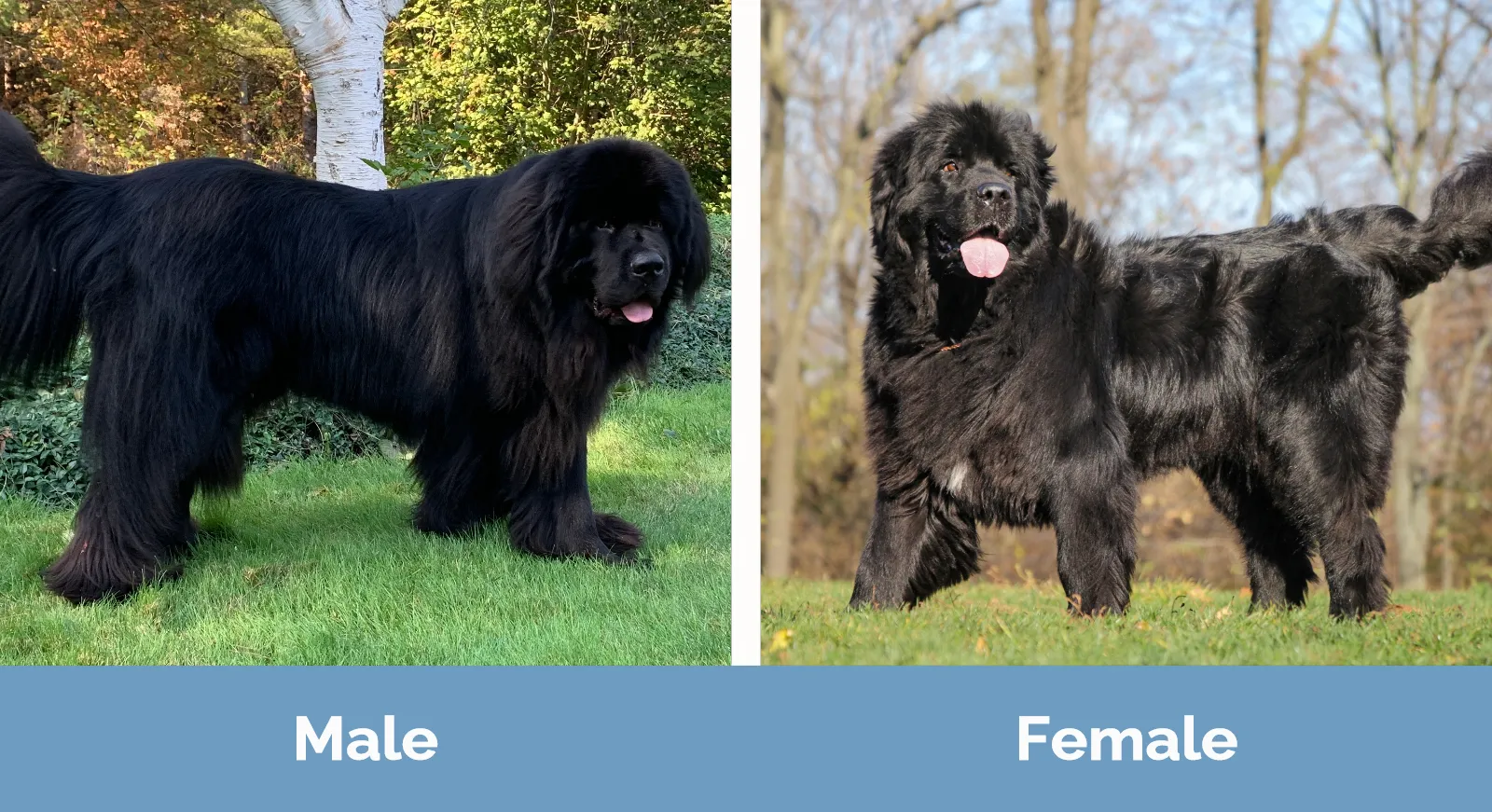
At a Glance
- Average height (adult): 21–30 inches
- Average weight (adult): 140–180 pounds
- Average height (adult): 18–28 inches
- Average weight (adult): 110–160 pounds
Newfoundland Dogs 101
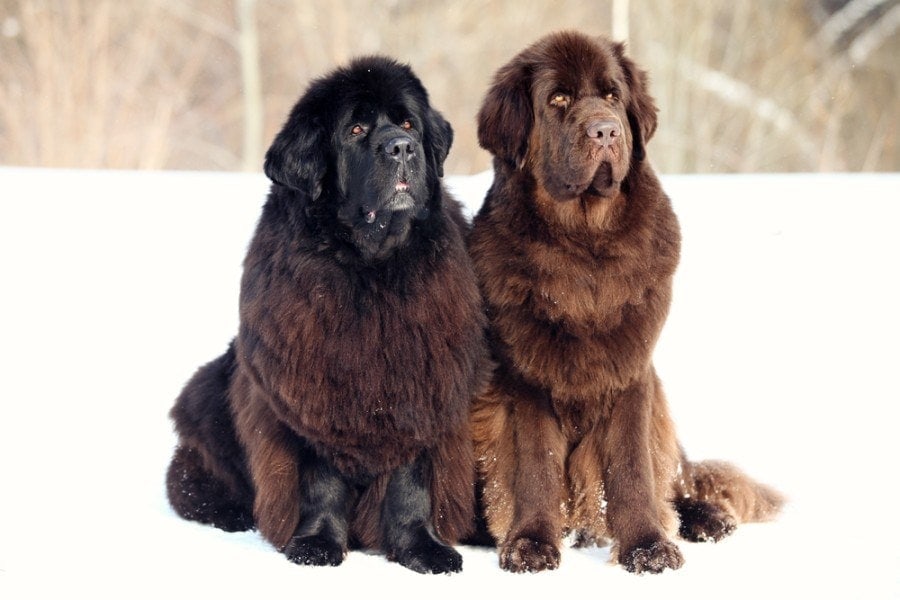
As their name suggests, Newfoundland dogs are native to the Canadian province of Newfoundland. They are dependable work dogs and one of the few canines with webbed paws and double coats.
The native home of Newfoundlands is classified as polar tundra or subarctic, which is under heavy snow for most of the year. Thus, having double coats protects the dogs from the cold. Webbed paws, on the other hand, are perfectly adapted to life in water because there is no part of the province that is more than 62 miles away from the Atlantic Ocean. Besides, the dog is a legendary fishing boat worker.
According to the American Kennel Club, the standard colors of Newfounds are black, brown, gray, and Landseer (white-and-black). The Canadian Kennel Club (CKC) only admits black and black and white Newfoundlands.
Newfoundlands have heavy bones and large muscles, allowing them to tackle large wild animals and strong ocean currents. The breed is well-mannered, easy to train, and gentle. The sweetness to people is expressed through its high affinity to kids. The breed loves taking care of kids, provided it’s well-trained.
Over the years, Newfoundlands have shown skill in rescuing drowning victims. In 1815, an unknown Newfoundland rescued Napoleon Bonaparte during his famous escape from the Island of Elba, Italy. Another unknown Newfoundland is said to have rescued more than 92 people from a wrecked SS Ethie in the early 1900s.
Newfoundlands do well with other pets. Keep them with cats and they will respect their private space. Try a Newfoundland around birds and it will protect them fiercely.
Male Newfoundland Overview
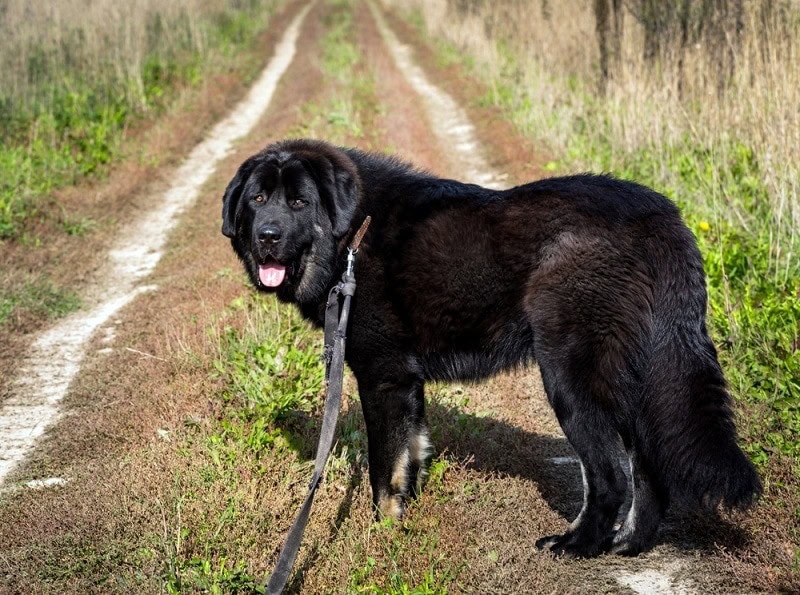
Personality/Character
Male Newfoundlands are playful and protective. They will identify their personal space, and protect it. Additionally, the dog will protect its owners while demanding loads of attention. Untrained dogs should not be left unsupervised around kids and small pets.
Training
Considering the Newfoundlands’ size, early obedience training is a must. This dog is intelligent, and coupled with a deep desire to please its owners, it is generally easy to train. However, since males are easily distracted, you may spend more time on training than with females, but this can be avoided. Loud sounds will hamper the process, so choose a quiet, distraction-free area.
Health care
Mature male Newfoundlands are healthy and easy to manage, provided they have a large outdoor space to exercise and are well-fed, vaccinated, and dewormed. But pups require special attention. Take them to a vet for initial vaccinations and monitor the diet to avoid the development of cystinuria, a condition in which salt deposits are left in the kidney, bladder, and ureter.
- Very protective
- Social
- Intelligent
- Clumsy
- Gets distracted easily
Female Newfoundland Overview
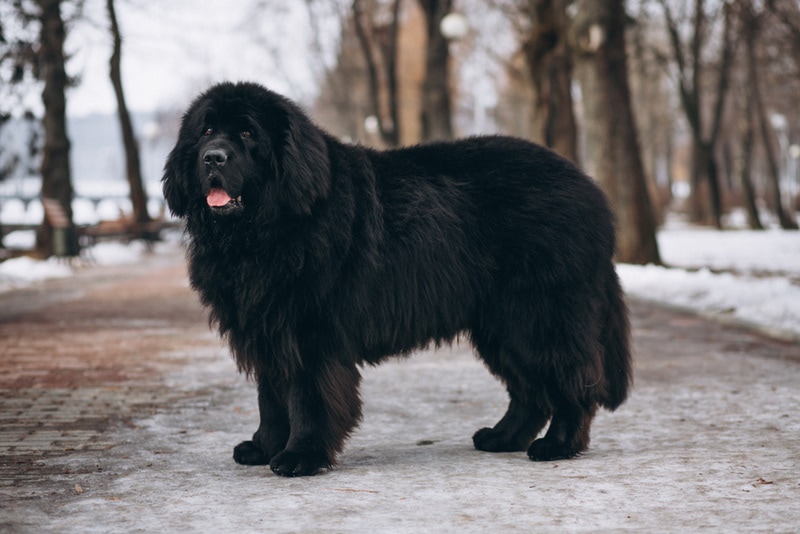
Personality/Character
From a young age, female Newfoundlands show a high level of independence. While they love attention, they tend to bond with one family member strongly. They are less playful and prefer to spend the day doing their own thing. Even though they are less protective than males, they are still highly protective of their families.
Training
Training a female Newfoundland is more challenging compared to a male. While male dogs will do anything to please you, female dogs’ independent mentality means you have to do a lot of convincing. However due to their high intelligence, they will learn new commands easily. With persistence and positive reinforcement, positive results are possible.
Health care
Taking care of a female Newfoundland is not difficult. They are hardy and rarely get sick other than suffering from some inherited diseases like hip dysplasia and epilepsy. Screening parents against genetic diseases may result in healthier pups. Spaying your female can help prevent certain illnesses such as cancer, plus prevent any unwanted pregnancies.
- Require less attention
- Careful around kids and pets
- Independent
- May be more difficult to train
- Don’t bond strongly with all family members
Which Gender is Right for You?
Both male and female Newfoundlands are great dogs. However, if you are looking for a protector and outdoor companion, go for a male. Males enjoy the outdoors and are most likely to get along with everyone.
If you want an indoor pet that is soft around kids, we recommend a female Newfoundland. They require less attention and can be left home alone happily for most of the day.
Featured Image Credit: Left – Pandas, Shutterstock | Right – Pandas, Shutterstock




